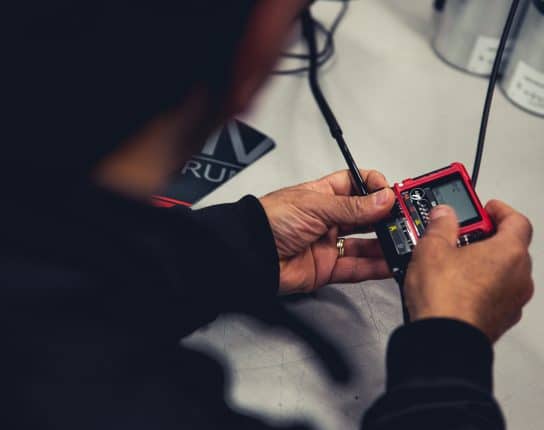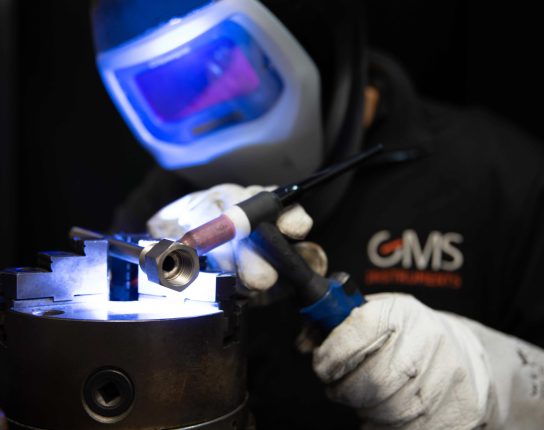
What is a temperature sensor?
Temperature sensors, the bedrock of precise temperature measurement, manifest in diverse forms and types. Sometimes, these sensors are referred to interchangeably; for instance, a temperature sensor is often synonymous with a thermocouple. At its core, a thermocouple, a prevalent type of temperature sensor, consists of two distinct metals conjoined at one end. Let’s delve deeper into the realm of temperature sensors, focusing on the versatile thermocouple and its significance in temperature measurement methodologies.
What is a Temperature Sensor?
Temperature sensors come in various forms and types. They are also described in various forms; for example, a temperature sensor is the same as a thermocouple. The temperature sensor/thermocouple consists of two different types of metals joined together at the end.
If the two metals are heated or cooled, a junction occurs, which creates a voltage that can be transformed to temperature. The thermocouple is a simple, robust, cost-effective temperature sensor used in various temperature measurement processes.
How do temperature sensors work?
The operation of temperature sensors relies on various physical properties that change predictably with temperature alterations. One of the most common principles used in these sensors is the change in electrical resistance, known as the resistance temperature detector (RTD) or thermistor. Others operate based on the thermoelectric effect (thermocouples) or infrared radiation detection.
- RTDs use materials whose electrical resistance changes with temperature. As the temperature increases, the resistance of the material also increases. This change in resistance is measured and converted into a temperature reading.
- Thermistors function similarly to RTDs but exhibit a more significant change in resistance with temperature, allowing for higher sensitivity in certain applications.
- Thermocouples utilize the principle of generating a voltage when two different metals are joined together at two different temperatures. The voltage produced is directly proportional to the temperature difference, enabling temperature measurement.
- Infrared Sensors detect temperature by measuring the radiation emitted by an object. They work by capturing the infrared energy emitted and converting it into an electrical signal, which is then processed to determine the object’s temperature.
Advancements
With ongoing technological advancements, temperature sensors continue to evolve. Miniaturization, improved accuracy, faster response times, and enhanced durability are some of the areas witnessing significant development. Furthermore, the integration of temperature sensors with IoT technology allows remote monitoring and data analysis, enabling predictive maintenance and real-time adjustments in various systems.
Conclusion
In essence, temperature sensors are the unsung heroes of modern technology, quietly performing the crucial task of temperature measurement and ensuring the smooth functioning of various processes across industries. As technology progresses, these sensors will continue to evolve, becoming even more integral in shaping the future of precise measurement and control systems.
At GMS Instruments, we recognize the pivotal role that temperature sensors play in ensuring accuracy and efficiency. Our commitment to providing cutting-edge measurement solutions empowers industries to thrive through reliable and accurate temperature sensing technology.
For inquiries about our range of temperature sensors and other precision instruments, feel free to contact us.
Related
More of the same



